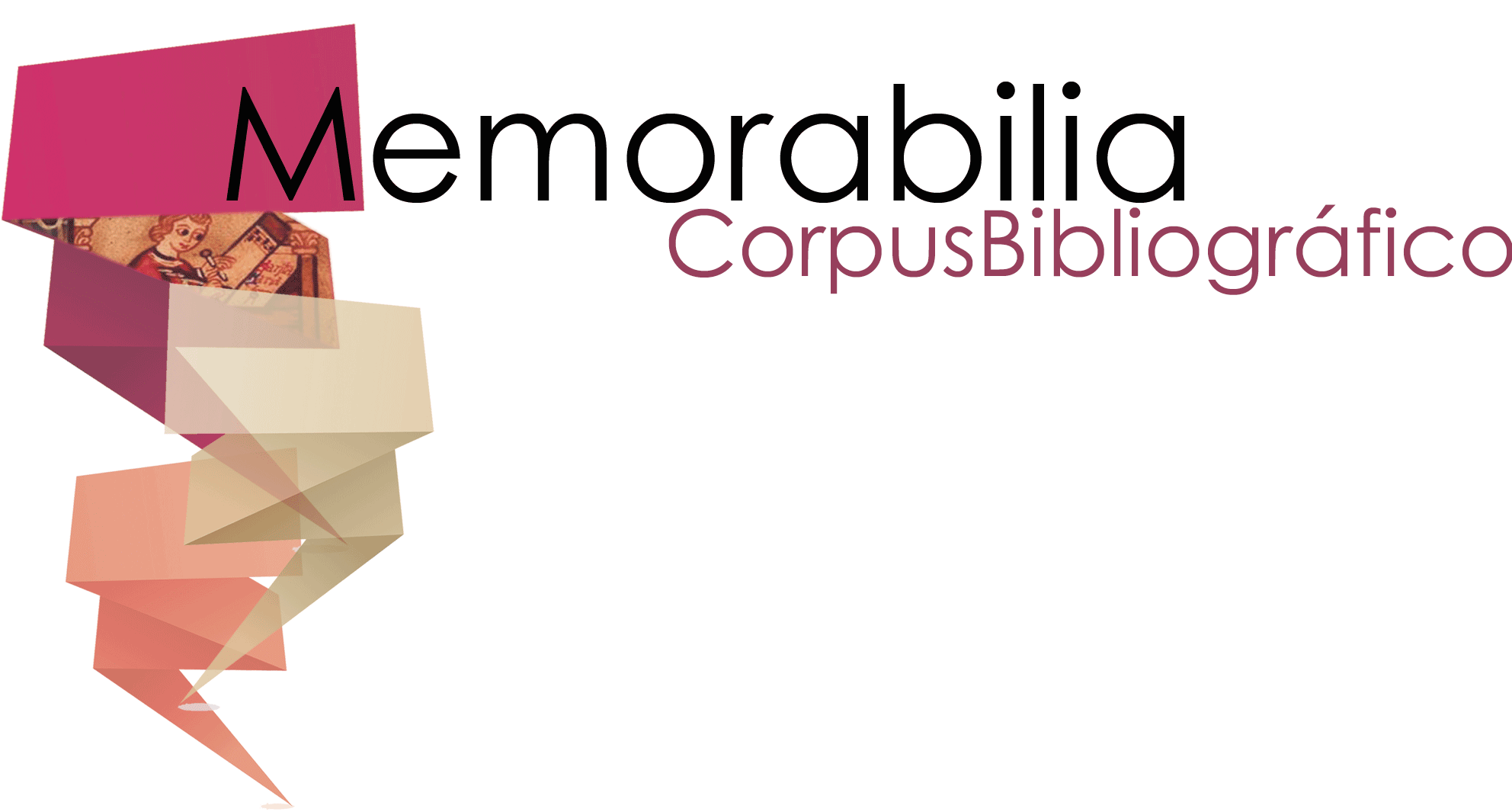

BURCKHARDT, Titus, La civilización hispano-árabe , trad., R. K. Brabant, Madrid, Alianza, 1999.
BURGOYNE, Jonathan (ed.), El libro binario, London, Department of Hispanic Studies-Queen Mary University of London, 2009.
BURGOYNE, Jonathan, «Fragments of Flowers: Flores de Filosofía in Early Modern Spain and the Scribal Revision of El Conde Lucanor», La Corónica, 37.2 (2009), pp. 5-31.
BURGOYNE, Jonathan, «El juego paremiológico en La Celestina, Acto I», en De ninguna cosa es alegre posesión sin compañía’. Estudios celestinescos y medievales en honor del profesor Joseph Thomas Snow, coord. Devid PAOLINI, New York, Hispanic Seminary of Medieval Studies, 2010, I, pp. 54-68.
BURGUILLO, Javier y Aarón RUEDA BENITO (eds.), Patrimonio textual y Humanidades digitales IV. El Renacimiento literario en el mundo hispánico: de la poesía popular a los nuevos géneros del humanismo,, Salamanca, Instituto de Estudios Medievales y Renacentistas y de Humanidades Digitales-Sociedad de Estudios Medievales y Renacentistas, 2021.
https://iemyrhd.usal.es/wp-content/uploads/2021/06/PTHD_IV-1.pdf
BURKE, James F., «More on the Title El Libro de los gatos», Romance Notes, 9 (1967-68), pp. 148-51.
BURKE, James F., «The Libro del Cavallero Zifar and the Fashioning of the Self», La Corónica, 27.3 (1999), pp. 35-44.
BURKE, James F., Vision, the Gaze and the Function of the Senses in "Celestina", Pennsylvania, Pennsylvania University Press, 2000.
BURLAEI, Gaulteri, Liber de Vita et Moribus Philosophorum. Mit Einer Altspanischen Übersetzung der Eskurialbibliothek, Tübingen, Gedruckt für den Litterarischen Verein in Stuttgart, 1886.
BURN, T. D y Ch. REAGAN (eds.), Concepts of the Hero in the Middle Ages and the Reanissance, London, Hodder and Stougnton, 1976.